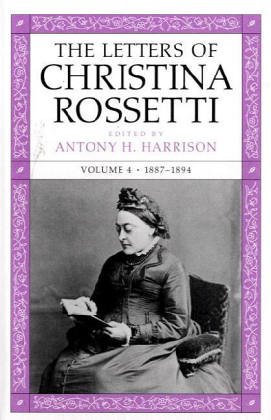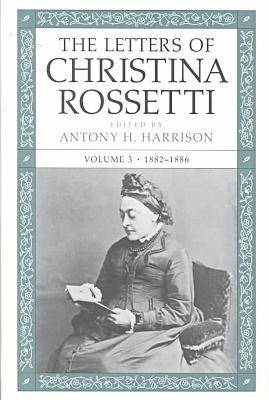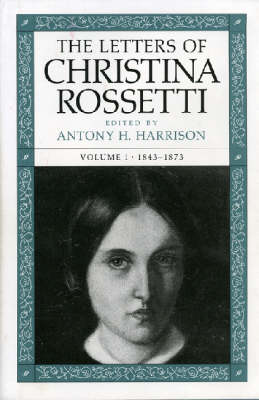Victorian Literature & Culture
5 total works
In recent years Christina Rossetti's star has soared. Rossetti (1830-1894) has come to be considered one of the major poets--not just one of the major women poets--of the Victorian era, eclipsing her famous brother. Leading critics have demonstrated how studies of Rossetti's work, her daily life, her relationships with the Pre-Raphaelites, and her interactions with other women authors of the period can help us understand the unique cultural situation of Victorian women writers. When complete in four volumes, this project will make available all of Rossetti's extant letters, almost two-thirds of which have never been published.
As a stay-at-home semi-invalid, she maintained a very large correspondence with friends and family members. Her most intimate relationship was with her sole remaining sibling, William Michael Rossetti, but other correspondents include Amelia Bernard Heimann, Caroline Gemmer, Frederic Shields, Rose Donne Hake, Olivia Garnett, Ellen Proctor, Lisa Wilson, Arthur Symons, and Mackenzie Bell, who became her first biographer. In these letters we discover Rossetti's views on subjects as diverse as the artistry of her poems, her health, aging, death, gender roles, money, cats, flowers, games, and her own supposed sinfulness. In May of 1892 Christina Rossetti was diagnosed with breast cancer. The cancer was removed, but she suffered a recurrence in September 1894 and died on December 29th of that year.




